Topics
- Electric current and Ohm’s Law
- Resistivity and Electrical energy
- Cells, EMF and Kirchhoff’s Rule
Electric Current
The time rate of flow of charge through any cross-section is called electric current.
It is denoted by i.
Current is a scalar quantity.
It’s S.I. unit is ampere (A).
If flow of electric current is uniform then-

If flow of electric current is non-uniform then-
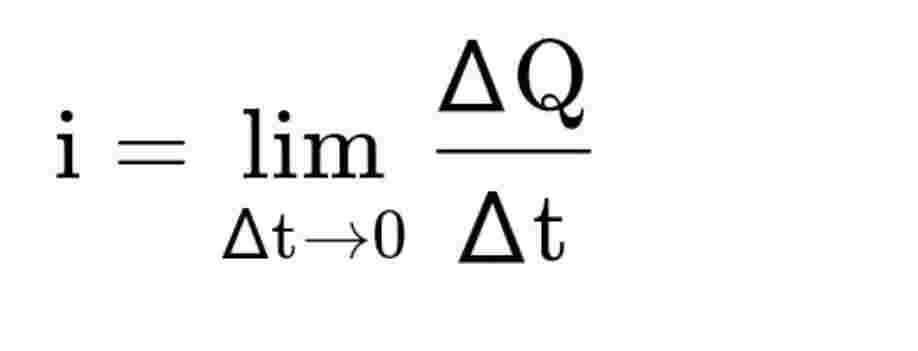
OR
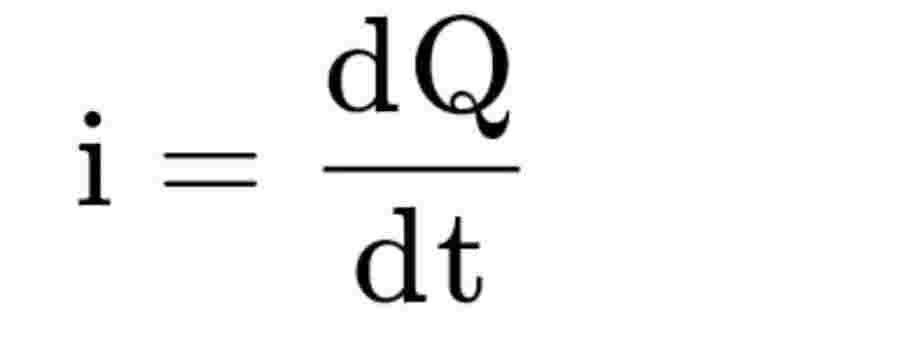
Note: If the moving charges are +ve, the current is in the direction of motion.if the moving charges are -ve, the current is opposite to the direction of motion.
CURRENT CARRIERS
Solid: In Solid conductors like metals current carriers are free electrons.
Liquids: In liquids current carriers are positive and negative ions.
Gases: In gases current carriers are positive ions and free electrons.
Semiconductor: In semiconductors current carriers are holes and free electrons.
OHM’S LAW
The current flowing through the conductor is directly proportional to the potential difference across its two ends. If the physical condition of the conductor (length, temperature, mechanical strain) remains the same.
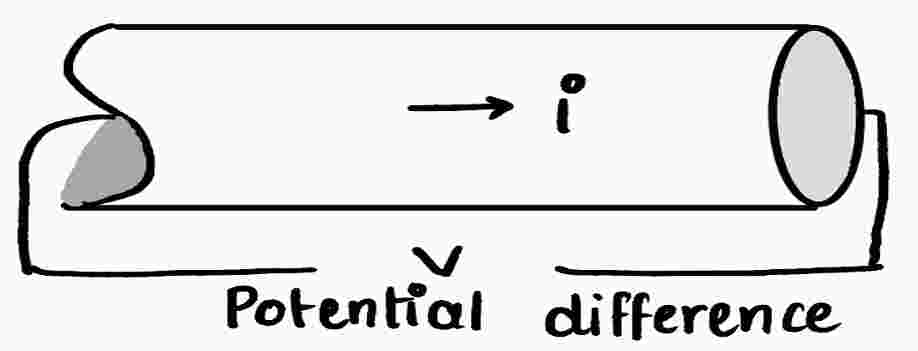
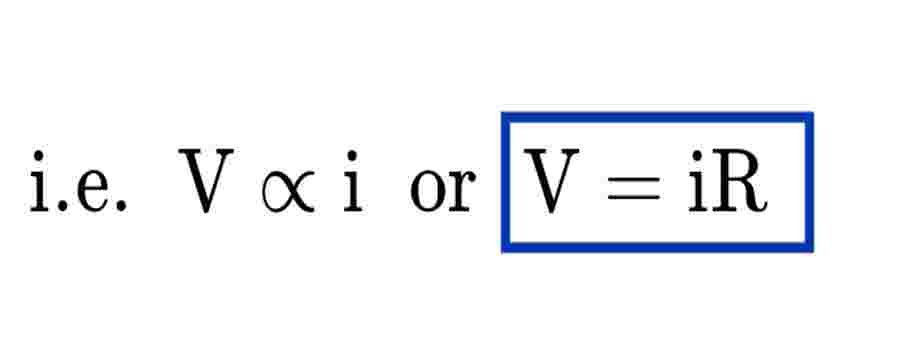
where R is the constant of proportionality called as Resistance of the conductor.
- S.I. unit of Resistance is ohm (Ω).
Graph of Ohm’s Law
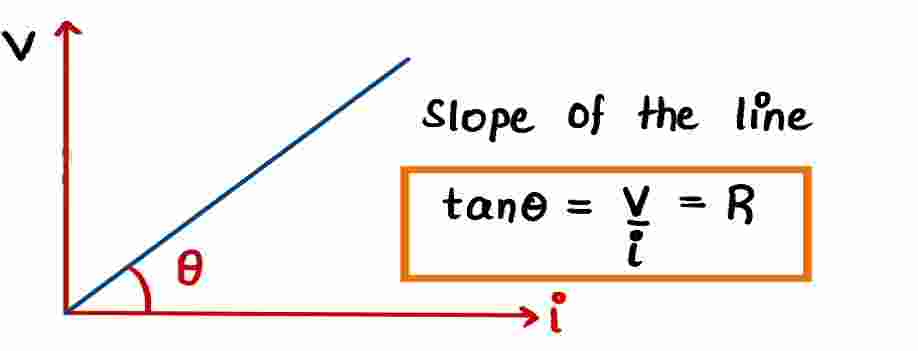

Note: The devices or substances that don’t obey Ohm’s law e.g. gases, crystal rectifiers, thermionic valve, transistors etc. are called non-ohmic or non-linear conductors and that obey Ohm’s law called as ohmic conductors. e.g. All metals
Resistance
The property of a substance by virtue of which it opposes the flow of current through it, is known as the resistance.
The resistance of a conductor is directly proportional to the length of the conductor and inversely proportional to the cross-sectional area of conductor.
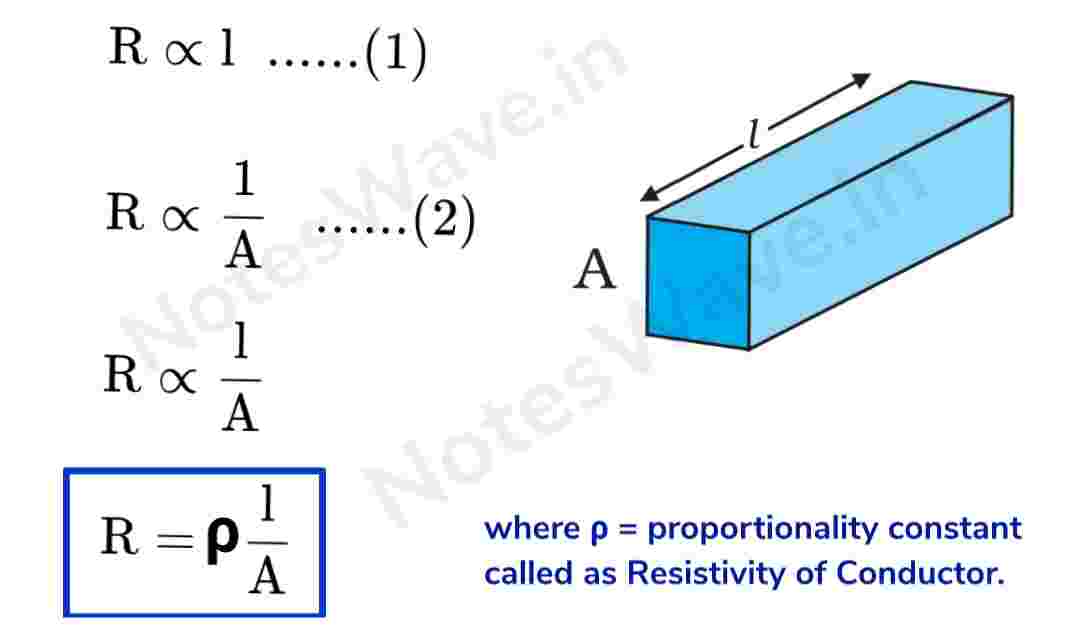
Thermal Velocity
Free electrons in a metal move randomly with a very high speed of the order of 104m/s.(when no external electric field is applied) · This speed is called thermal velocity of free electrons.
As there is a large number of free electrons moving in random direction , the number of electrons crossing an area ∆s from one side very nearly equals the number crossing from the other side in any given time interval·

Drift Velocity
When a potential difference is applied across the ends of a conductor , the free electrons in it move with an average velocity opposite to the direction of electric field, which is called drift velocity of free electrons.

Drift velocity is very small , it is of the Order of 10-4 m/s ·

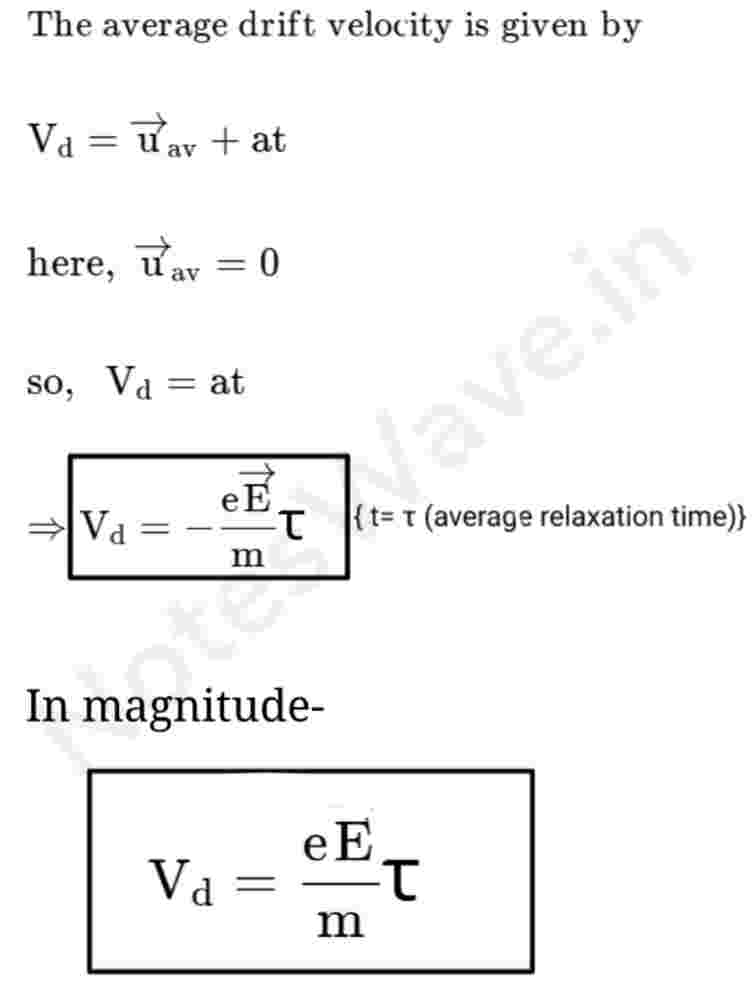
Relation between Current and Drift Velocity

Deduction of OHM’s Law from Idea of Drift Velocity

Important Definitions


Temperature Dependence of Resistivity/Resistance
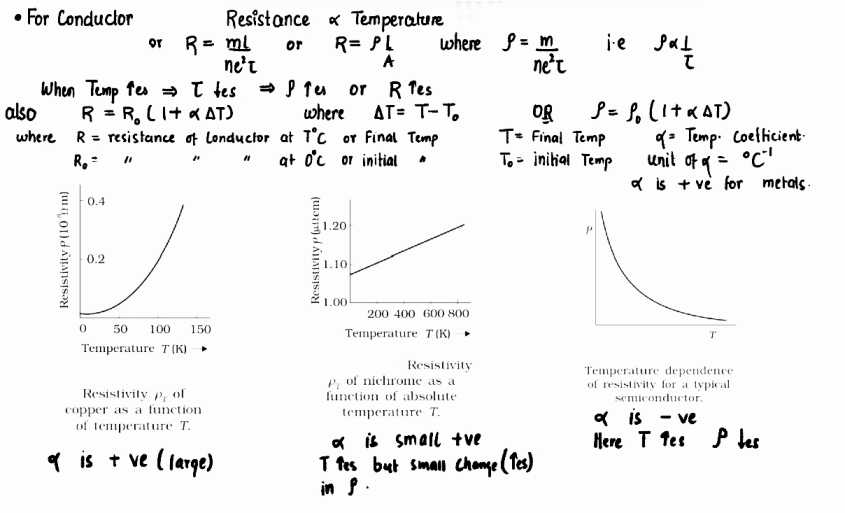
Que. At room temperature (27.0 °C) the resistance of a heating element is 100Ω. What is the temperature of the element if the resistance is found to be 117Ω, given that the temperature coefficient of the material of the resistor is 1.70 × 10–4 °C–1.
Cell
The device which converts chemical energy into electrical energy is known as electric cell.
Cell is a source of Constant emf but not Constant Current.
Symbol of Cell ——| |——
EMF of Cell (ε): The potential difference across the terminal of a Cell when it is not supplying any Current is called it’s emf.
V = ε – Ir
Internal resistance (r): The obstruction offered by the electrolyte of a cell in the path of electric current is called internal resistance (r) of the cell.
Internal resistance of a cell depends on the
- Distance between electrodes.
- Area of electrodes.
- Nature and concentration of electrodes.
- Temperature of electrolyte.
Relation between E , V and r
Consider the first situation with R is infinite so that I=V/R=0, where V is the potential difference between P and N.
Now
V= Potential difference between P and A Potential difference between A and B + Potential difference between B and N
V = ε (emf of cell)
If however R is finite, I is not zero. In that case the potential difference between P and N is
V = V+ + V– – Ir
V = ε – Ir ——— (1)
or r = (ε/V – 1)R
Notes the negative sign in the expression (Ir) for the potential difference between A and B.
This is because the current I flows from B to A in the electrolyte.
since V is the potential difference across R, we have from Ohm’s Law
V= IR, so equation 1 become as
IR = ε – Ir
IR + Ir = ε
I(R+r) = ε
I is maximum when R = 0, then
Imax = ε/r
Que 1. The storage battery of a car has an emf of 12 V. If the internal resistance of the battery is 0.4 Ω, what is the maximum current that can be drawn from the battery? [NCERT]
Que 2. A battery of emf 10 V and internal resistance 3 Ω is connected to a resistor. If the current in the circuit is 0.5 A, what is the resistance of the resistor? What is the terminal voltage of the battery when the circuit is closed? [NCERT]
Grouping of Cells
Series Combination of Cell